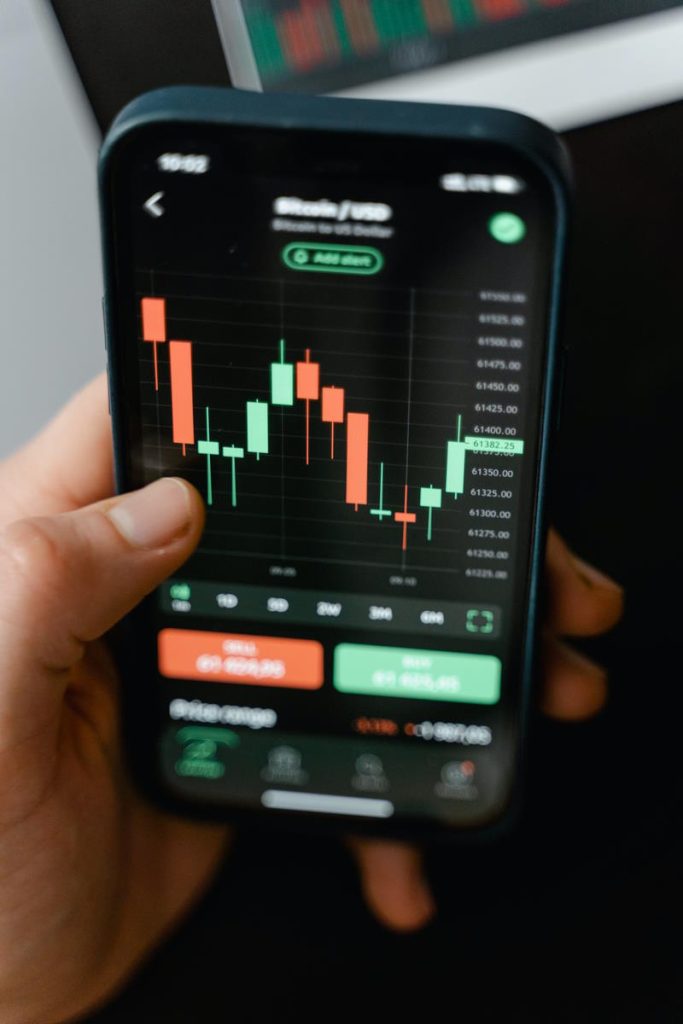In the ever-evolving world of finance, contract for difference (CFD) trading has emerged as a popular and versatile option for investors worldwide. CFDs offer unique opportunities and benefits to traders. In this article, we will provide an in-depth understanding of CFDs, including their potential risks and benefits, the various instruments that can be traded, and how they differ from other financial instruments.
Introduction to Contract for Difference
A "contract for difference" is a financial derivative that allows traders to speculate on the price movement of various instruments, such as commodities, stocks, and indices, without actually owning the underlying asset.

Contracts for difference are essentially deals between a trader and a broker where they agree to exchange the difference in the value of an asset from when the contract is opened to when it is closed. CFD trading is suitable for both novice and experienced traders, providing them with a flexible and potentially lucrative trading option.
Potential Risks and Benefits
Contract for difference trading offers numerous benefits to traders, including the ability to trade on margin, access to diverse markets, and the opportunity to speculate on both rising and falling markets. However, it also comes with its share of risks, primarily due to the leverage involved. Leverage can magnify profits but can also lead to significant losses if a trade goes against the trader's position.
Instruments Traded Using Contracts for Difference
CFDs allow traders to gain exposure to a wide range of financial instruments, including:
- Commodities: Traders can use contracts for differences to speculate on the price movement of various commodities, such as oil, gold, silver, and agricultural products.
- Stocks: CFDs enable traders to speculate on individual stock prices without owning the actual shares, allowing them to potentially profit from price movements in both directions.
- Indices: Traders can use these contracts to speculate on the performance of major stock market indices, such as the S&P 500, FTSE 100, or DAX 30.
How Contracts for Difference Work
When trading CFDs, investors can take both long and short positions. Taking a long position means that the trader expects the value of the underlying asset to rise, whereas taking a short position implies that the trader anticipates a decline in value. Profits or losses are realized based on the difference in the asset's price from when the CFD position is opened to when it is closed.
Differences Between CFDs and Other Financial Instruments
Contracts for difference differ from other financial instruments like stocks and futures in several ways:
- Leverage: Unlike traditional stock trading, CFD trading offers higher leverage, allowing traders to control larger positions with a relatively small investment. This can potentially multiply returns but also magnify losses.
- Short Selling: While short selling stocks can be cumbersome and expensive, CFDs allow traders to take short positions easily, enabling them to profit from falling markets.
- Hedging: CFDs can be used to hedge other positions within a trader's portfolio, providing a level of risk management that may not be possible with other financial instruments.
Successful Trades Using CFDs
An example of a successful CFD trade could involve a trader who takes a long position on a commodity, such as oil, believing that global demand will increase and drive up prices. If the price of oil rises by 15%, the trader's CFD position will also increase by 15%. If the trader had used leverage, their return could have been even more significant. In contrast, if the price of oil dropped, the trader's losses would increase due to the use of leverage.

Guidance and Tips for Beginners
For those interested in exploring contracts for difference, consider the following tips:
- Risk Management: Understand the potential risks involved in CFD trading and implement appropriate risk management strategies, such as setting stop-loss orders and using proper position sizing.
- Market Knowledge: Develop a solid understanding of the market and the instruments you plan to trade using contracts for difference.
- Choose a Reliable Broker: Select a reputable, regulated broker that offers competitive trading conditions, a user-friendly platform, and responsive customer support. Check out CFD broker reviews before committing.
In conclusion, contract-for-difference trading offers traders unique opportunities and flexibility in the financial world. By understanding the concept, risks, and benefits of CFDs and following the guidance provided, beginners can successfully navigate the world of CFD trading and potentially achieve substantial returns on their investments. However, it is crucial to remember that CFD trading also involves significant risks, and traders should approach this form of trading with caution and diligence.
